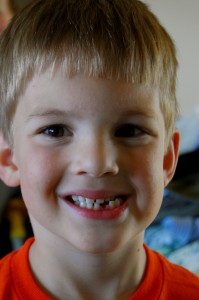Teaching Your Children to Pray
 Teaching your child how to pray is one of the best life skills you can teach them. I realized a few months after my daughter could start putting sentences together that I could teach her how to pray. She also goes to a Mother’s Day Out program at my church and she prays at school. It occurred to me that she didn’t pray at home.
Teaching your child how to pray is one of the best life skills you can teach them. I realized a few months after my daughter could start putting sentences together that I could teach her how to pray. She also goes to a Mother’s Day Out program at my church and she prays at school. It occurred to me that she didn’t pray at home.
I believe prayer is real and God hears our hearts. He wants to speak to us. I want to teach my daughter that she can always pray and that God is accessible anywhere. This is a life lesson that I don’t want to fall short on teaching her. I am also excited that later on I get to teach her how to hear God too.
This fall we began praying with my daughter as part of the bedtime process. Here are some tips that can help you with praying with your children.
1. Keep the prayer simple. We pray the same prayer every night. We sit together, close our eyes, and each of us clasps our own hands together and pray. This is what we pray, “Dear Jesus, thank you for today. Bless Mommy, Daddy, and Brother. Help me sleep well. I love you, Jesus. Amen!” It is fun, because sometimes my daughter will include others in the list of blessing. She doesn’t always say the whole thing out loud, but we ask her to say “I love you, Jesus. Amen.” We made up this prayer, but you can make up your own too! Just keep it simple.
2. Sing a song. I have some friends that know prayers that are like songs. It is is seriously adorable to hear them sing their prayers. You can sing ‘Jesus Loves Me’ or other songs like this one.
God is Great
- With these additional lines, it is sung to “Twinkle Twinkle Little Star“:
God is good and God is great.
And we thank him for our food.
By his hands we all are fed.
Thank you, Lord, for our daily bread.
God is great and God is good,
And we thank him for our food.
3. Make a routine. The best way to remember to pray with your kids is to include it in a routine every day. It can be done before they eat a meal or in a bedtime routine. Here is an example of a meal time prayer:
Thank you for the world so sweet,
Thank you for the food we eat,
Thank you for the birds that sing,
Thank you God for everything.
4. Pray for someone when they get an Ouchie. You can teach your child how to pray for their friends when their friend gets hurt or doesn’t feel well. I have seen a friend’s child do this and it warms my heart to see that child learn compassion. The prayer can be something as simple as “Dear Jesus, please heal my friend. Amen.”
5. Be an example. Pray in front of your kids! Let them see you reading your Bible and praying. Include everyone in the family when praying with your child. In our bedtime routine I may read the bedtime book, but Daddy always comes in for the prayer time. We all pray out loud together. You can also model it by having Daddy pray for Mommy or the other way around. They may not seem that they are paying attention, but it certainly sets the tone that prayer is a normal part of life.
How have you taught your children to pray? Do you have it in a routine? What sing-songy prayer do your children pray?
Share the fun: Email + Del.icio.us + Digg + Technorati











